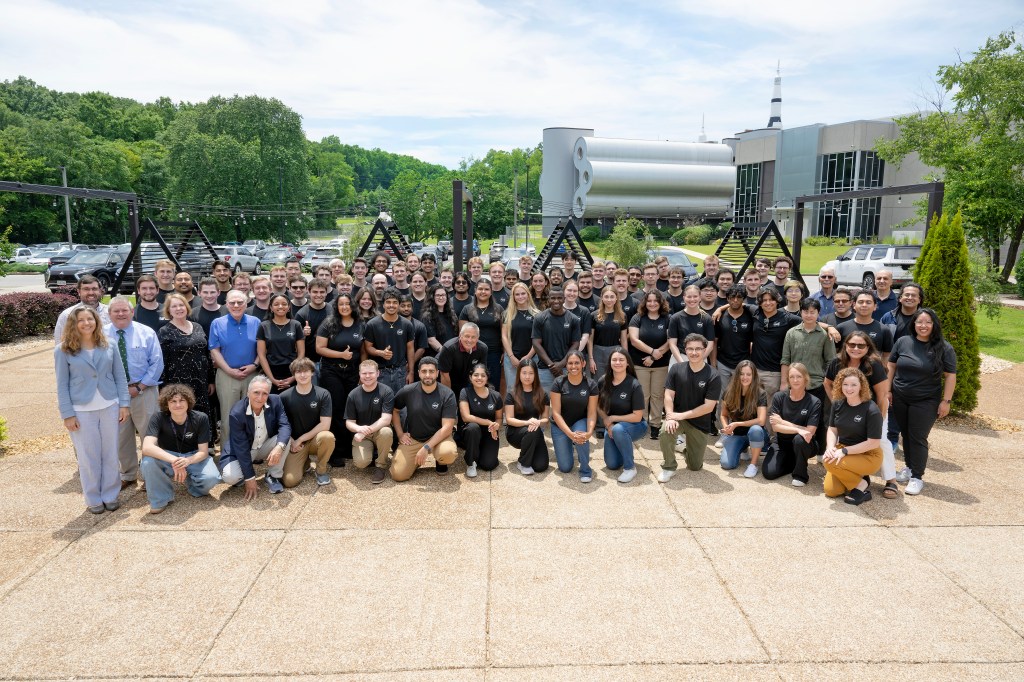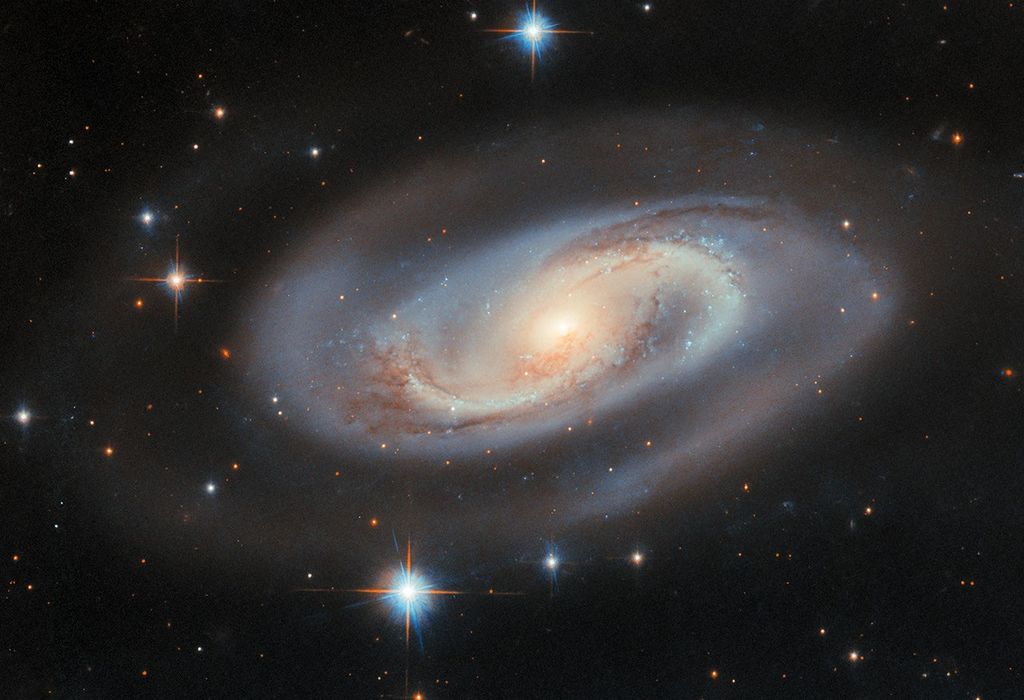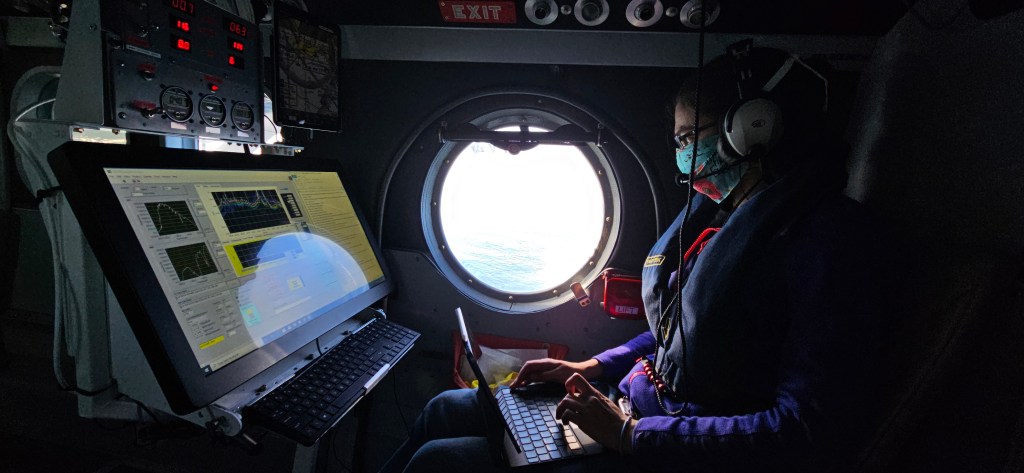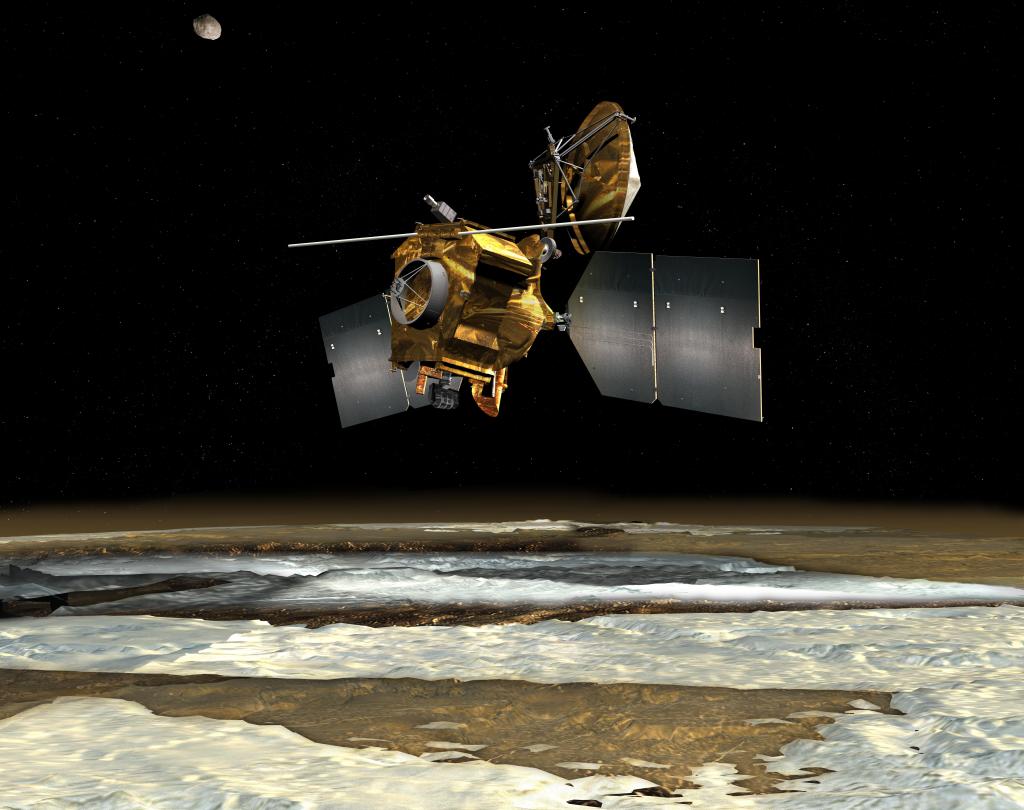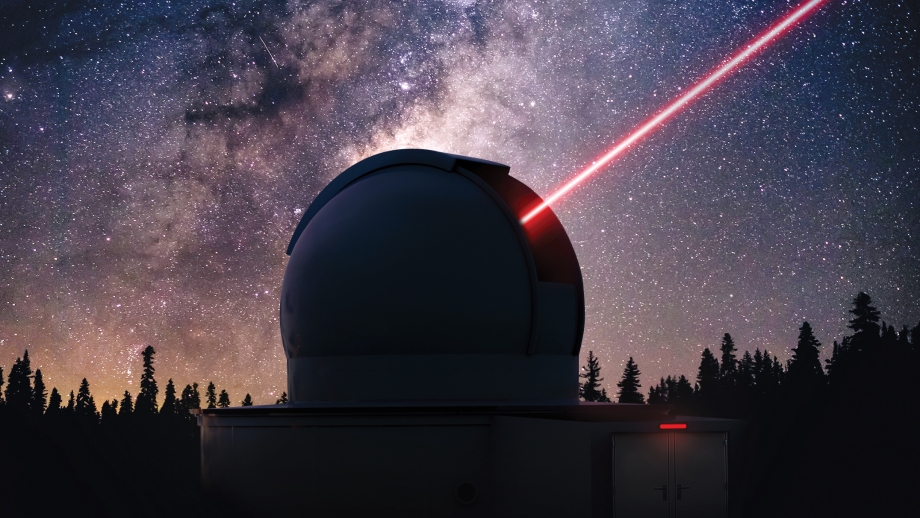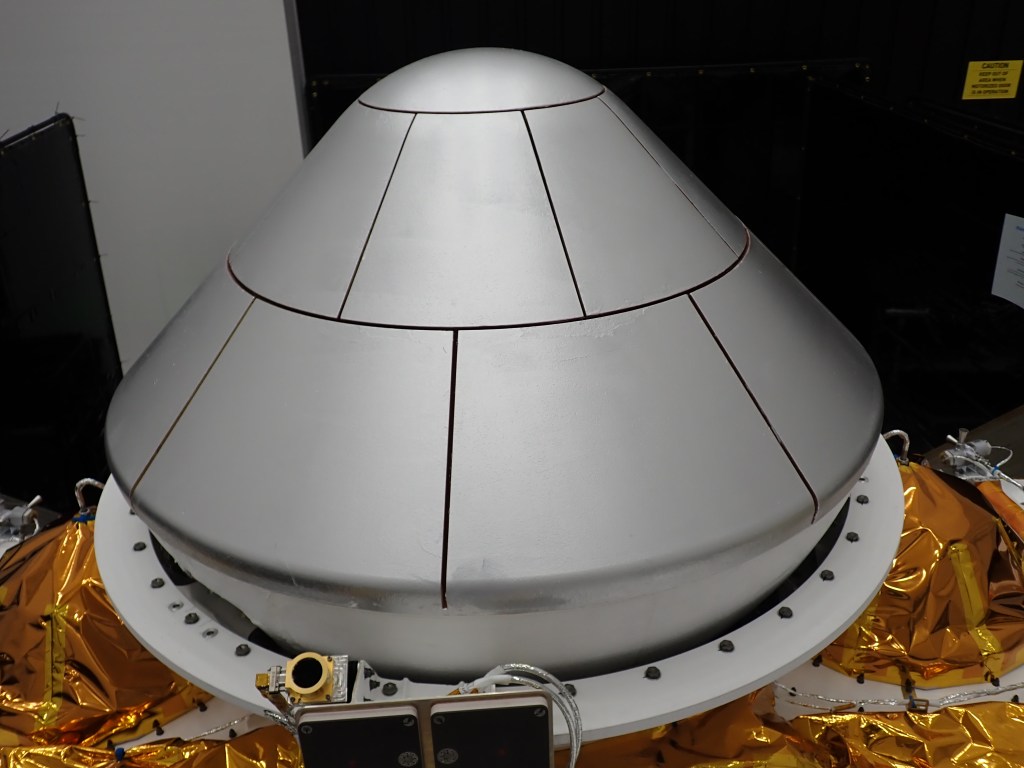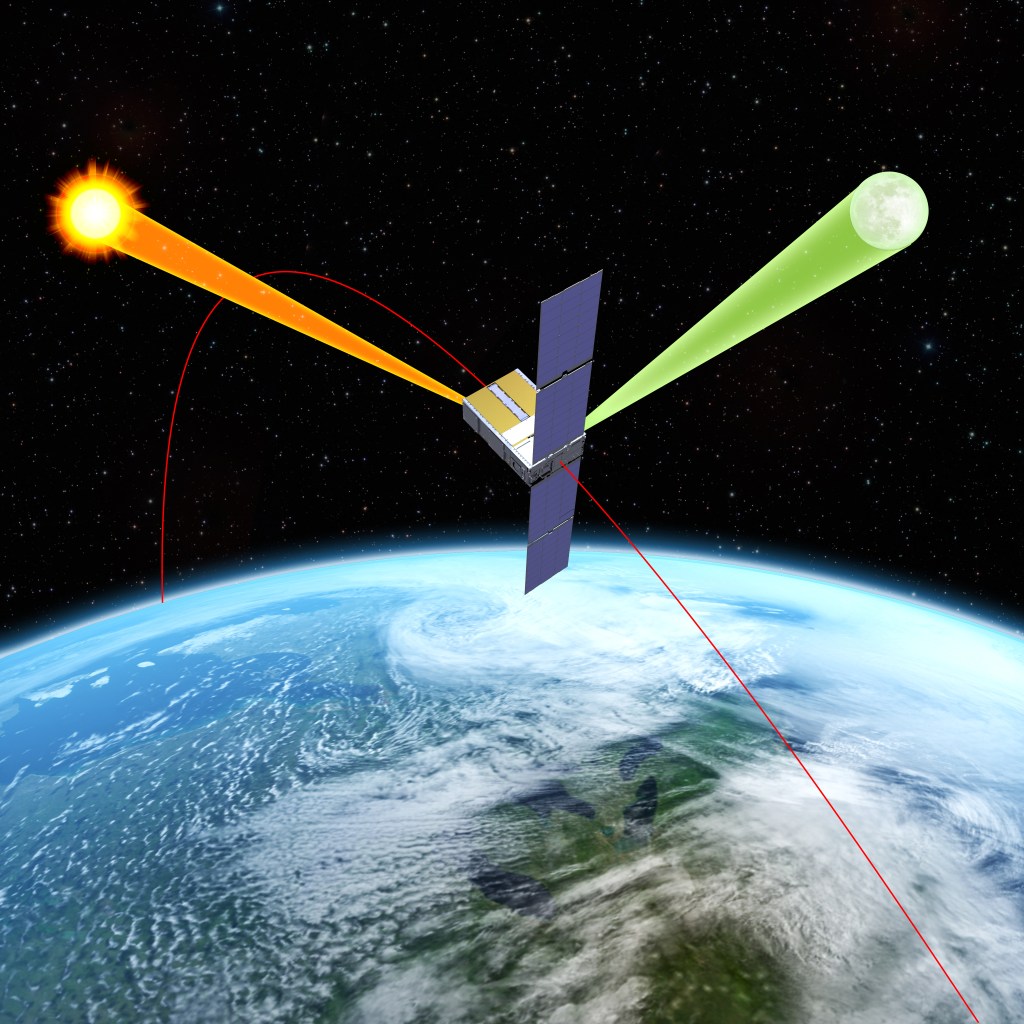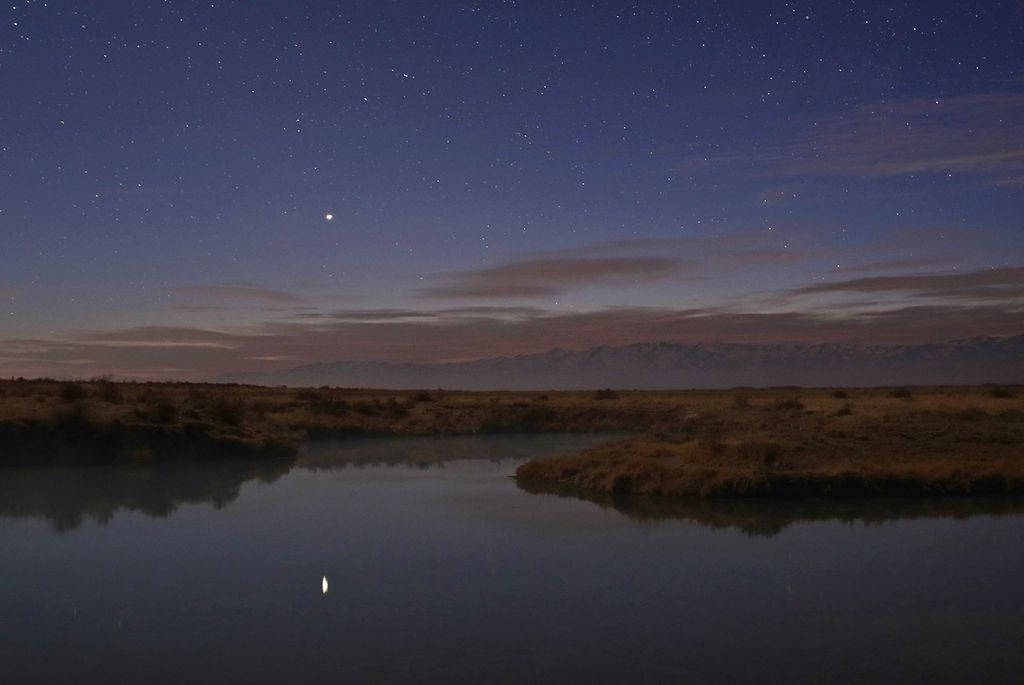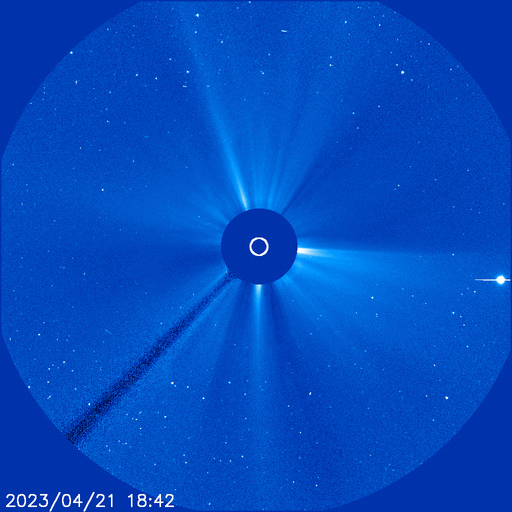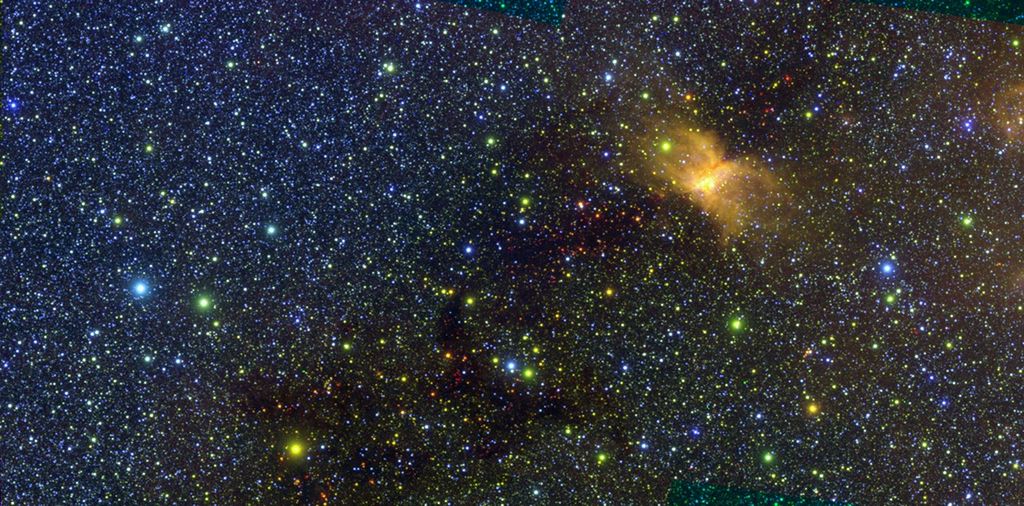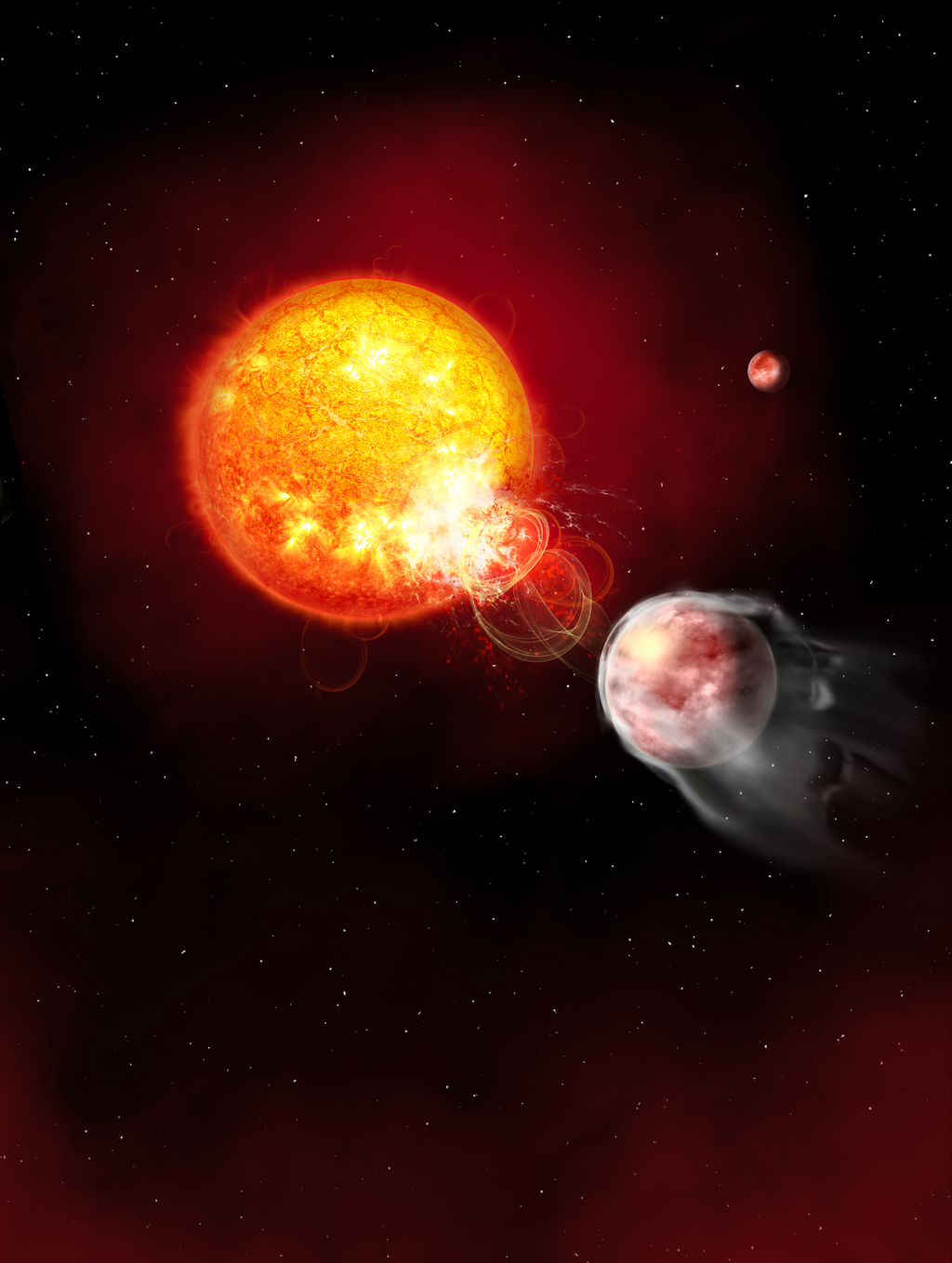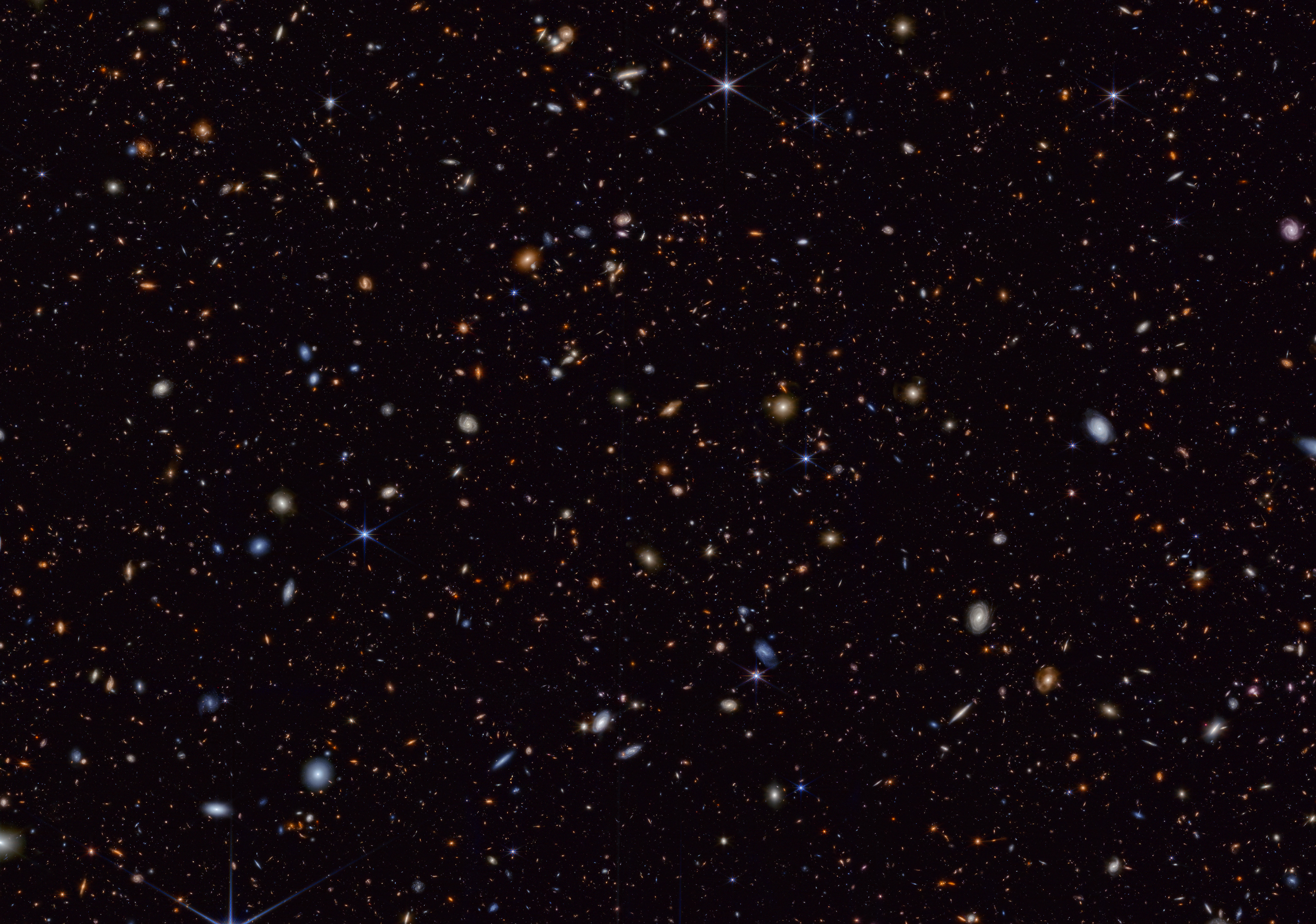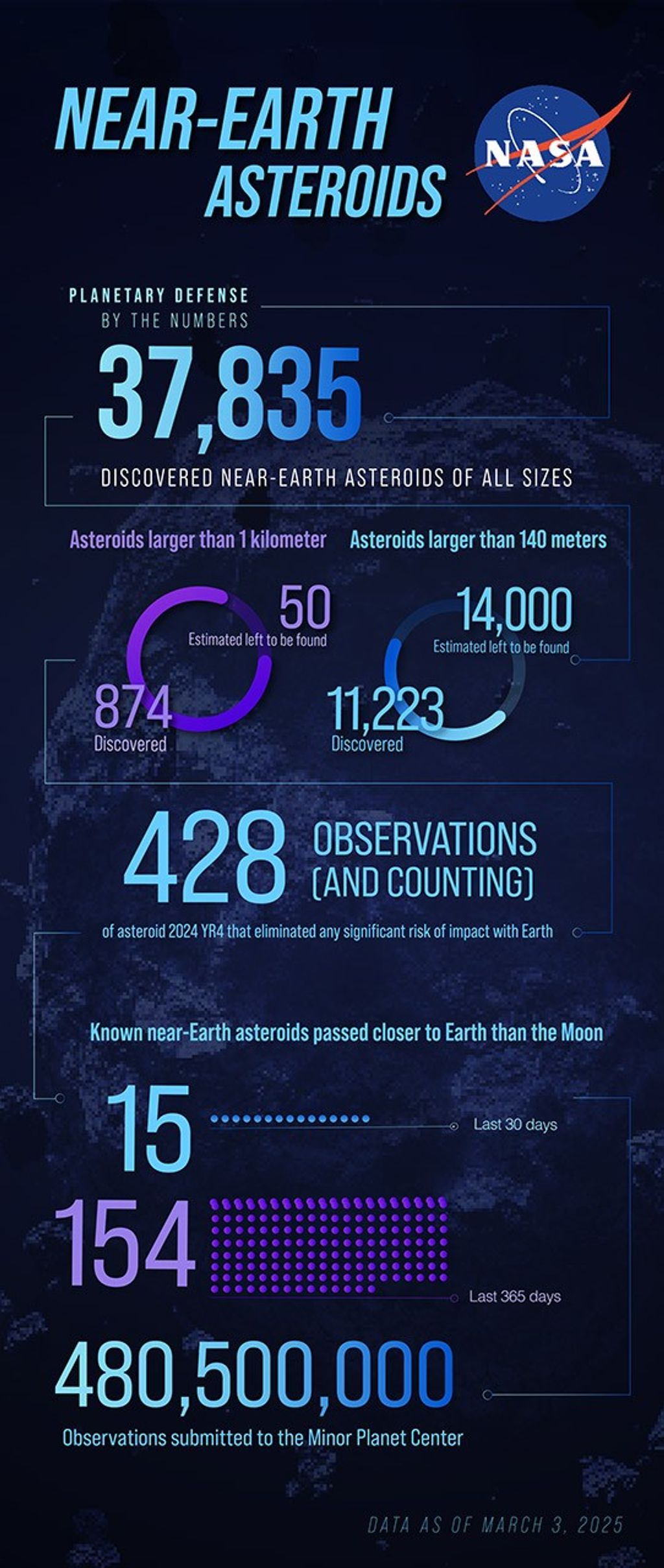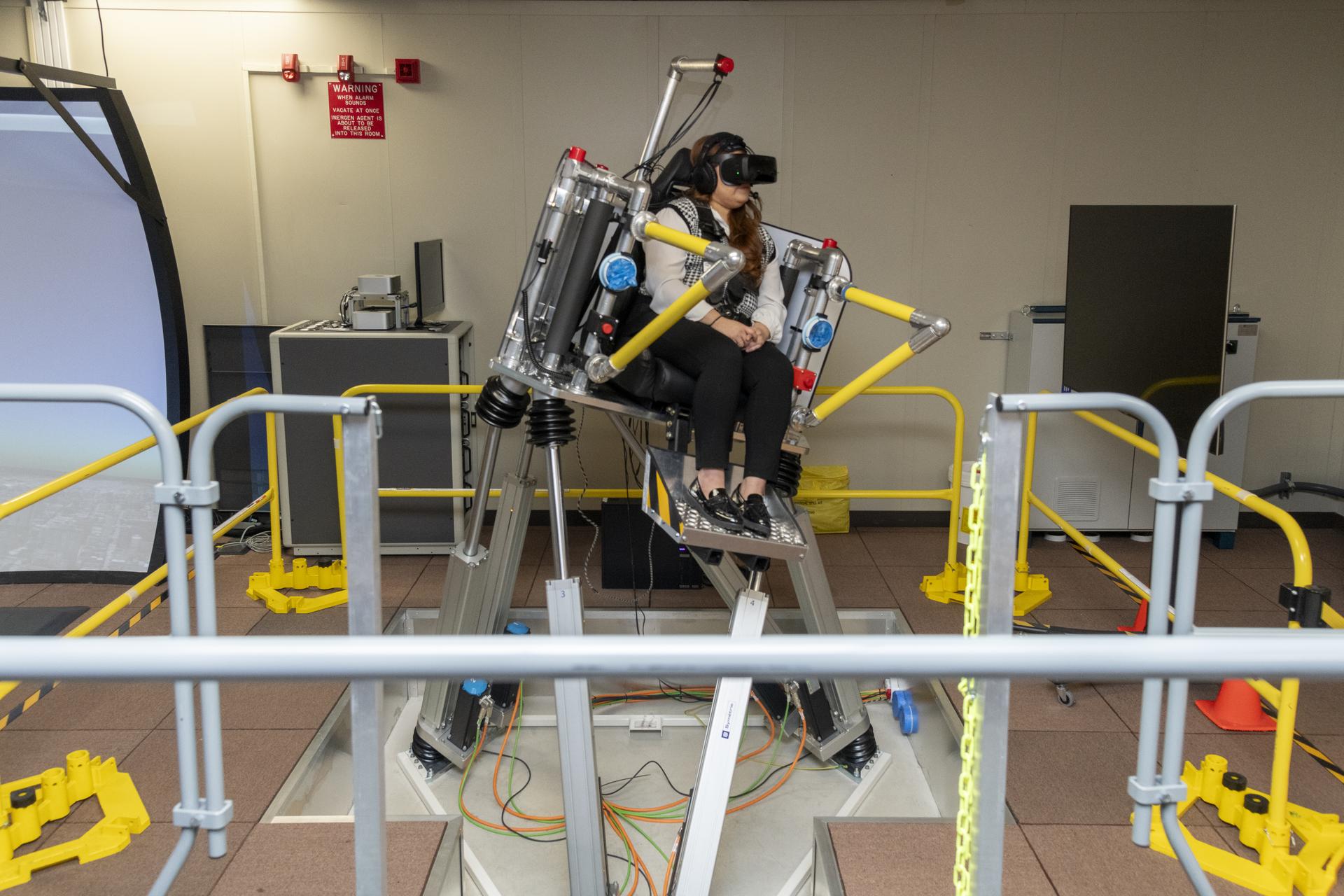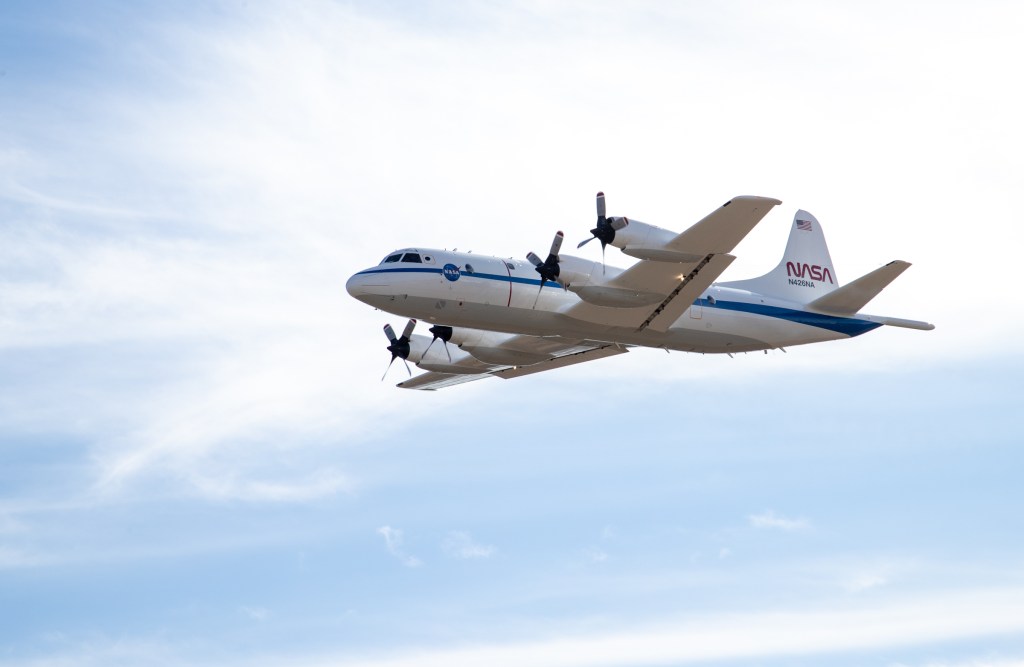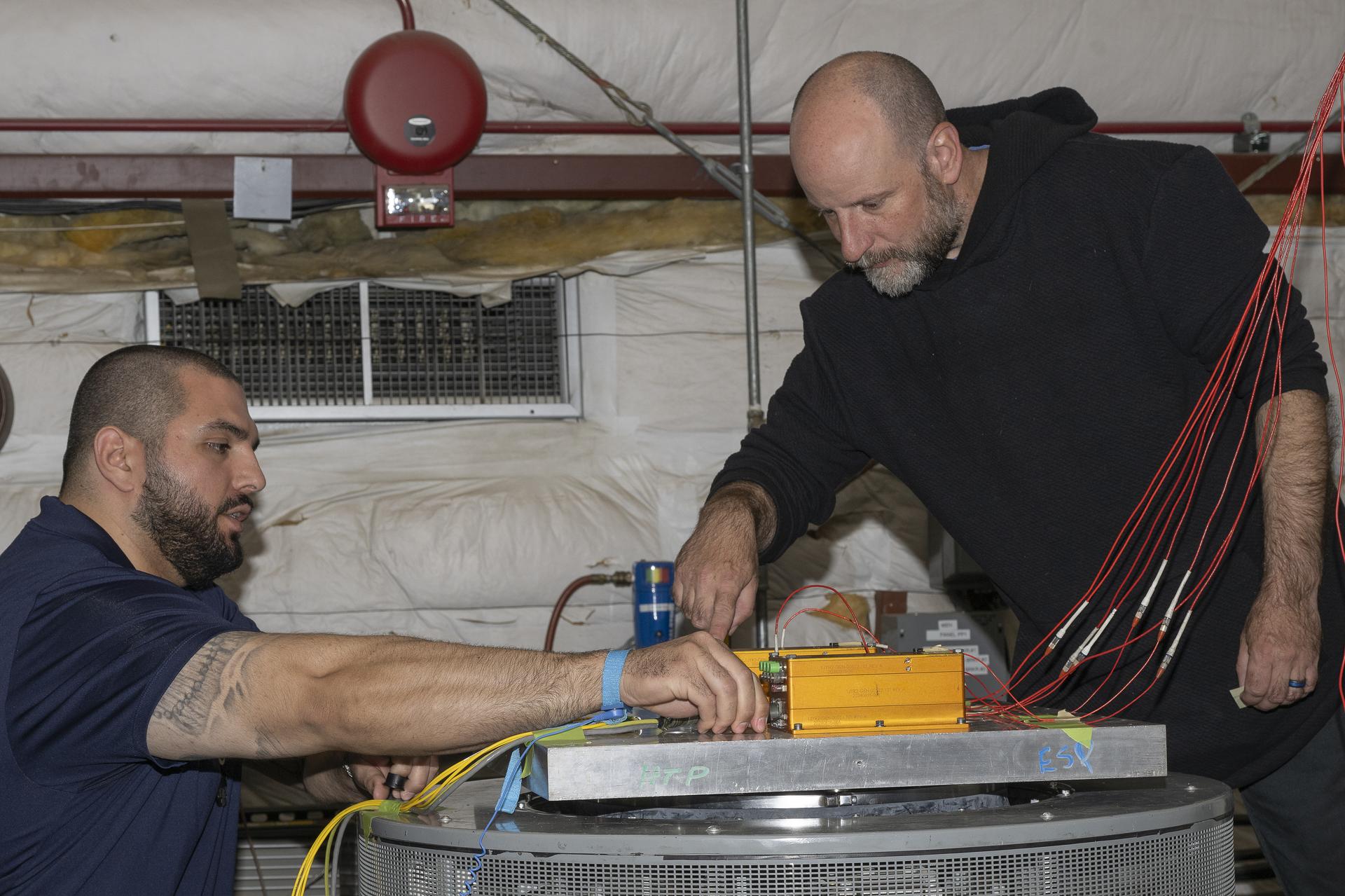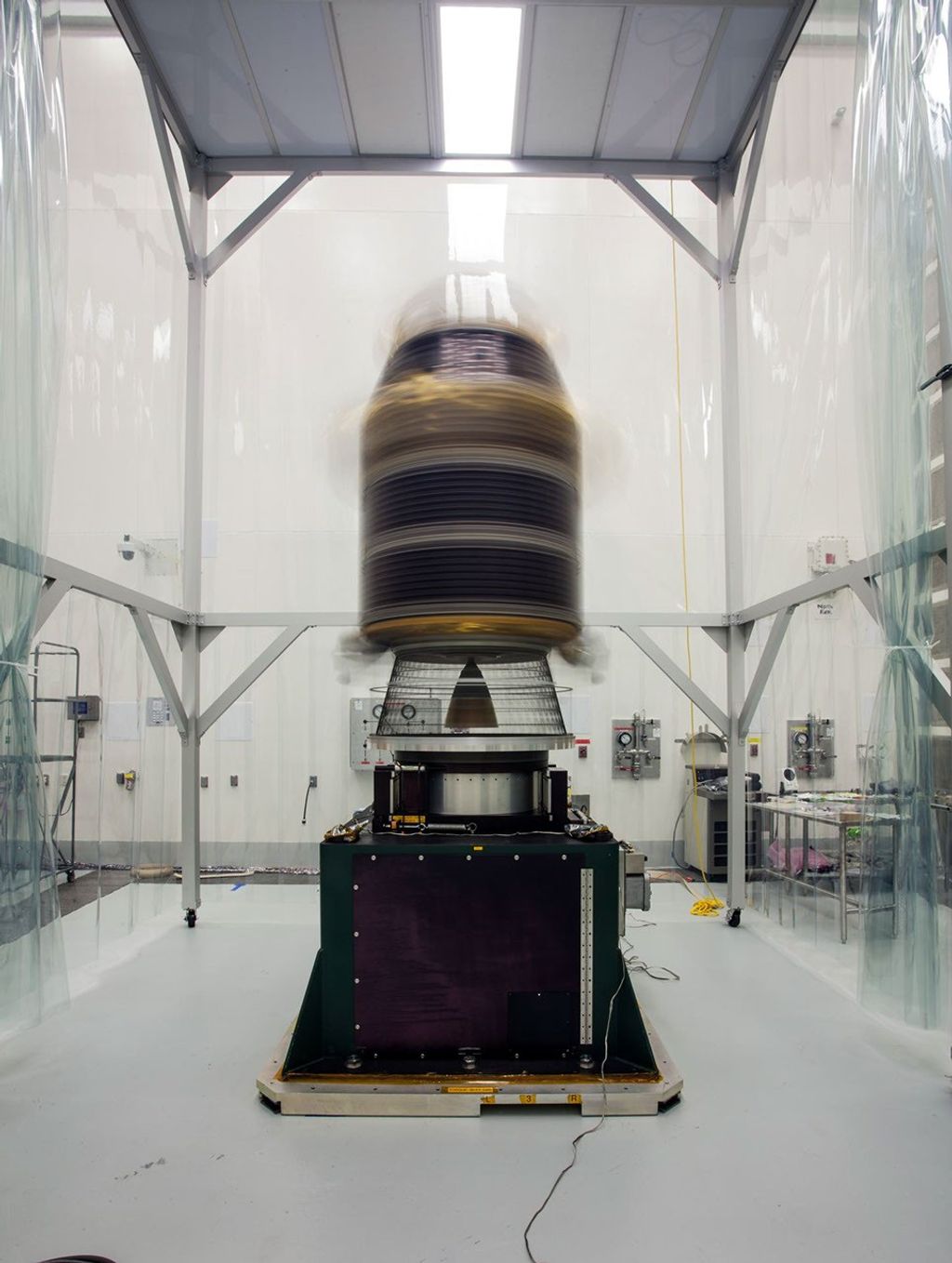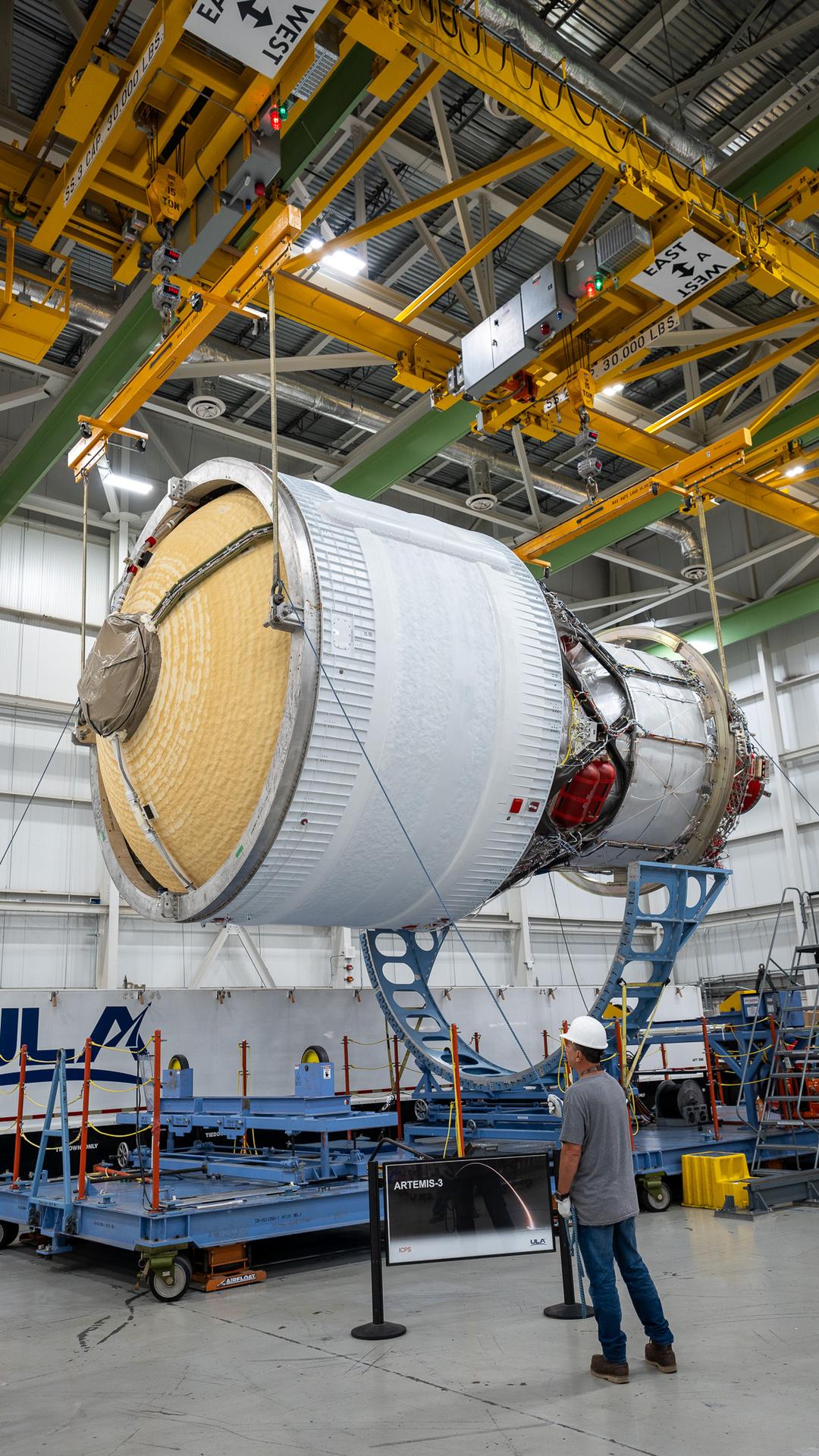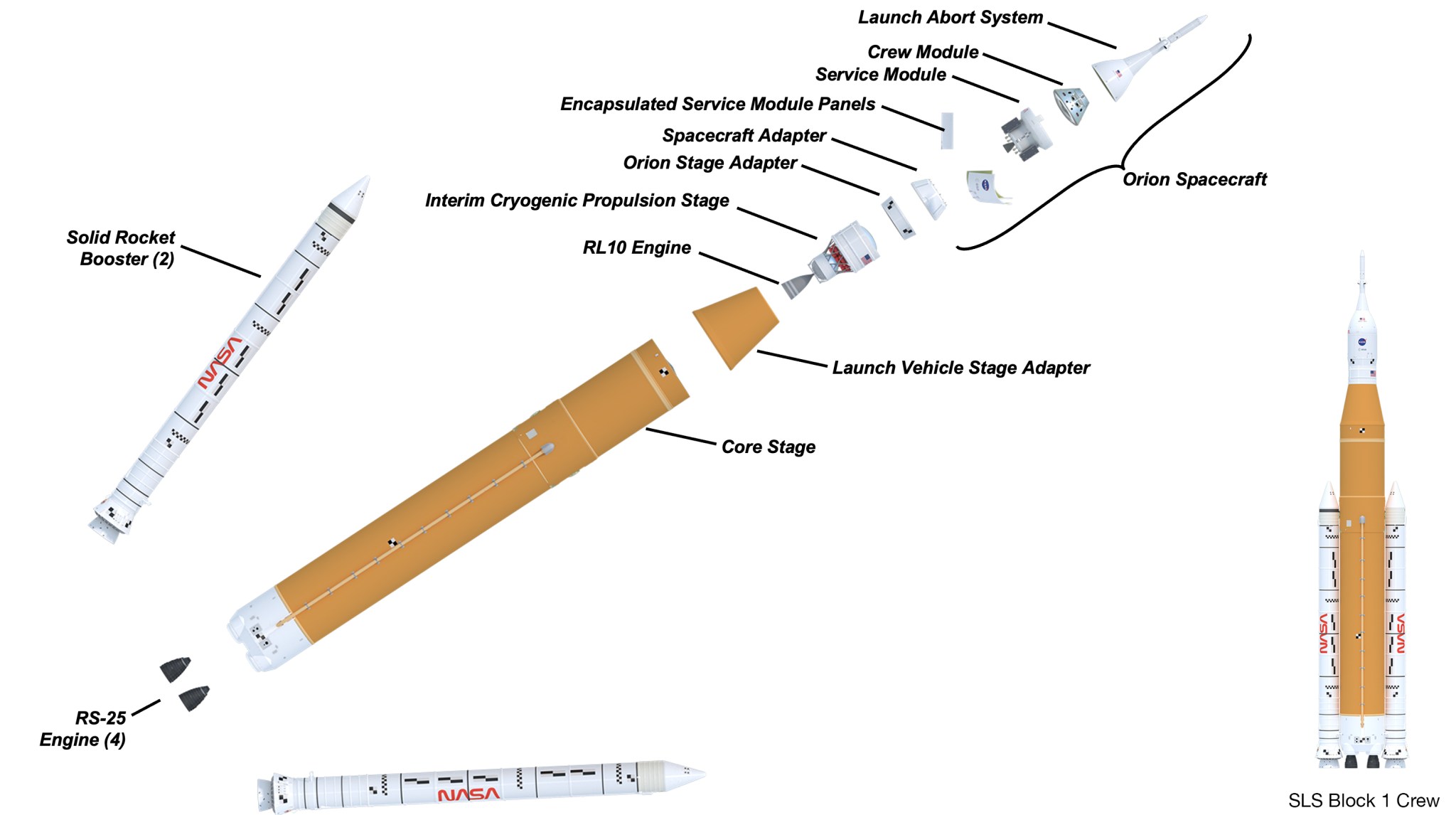SLS (Space Launch System) Interim Cryogenic Propulsion Stage
The SLS (Space Launch System) interim cryogenic propulsion stage (ICPS) is an in-space rocket stage that provides propulsion to the Orion spacecraft during the first three Artemis missions.
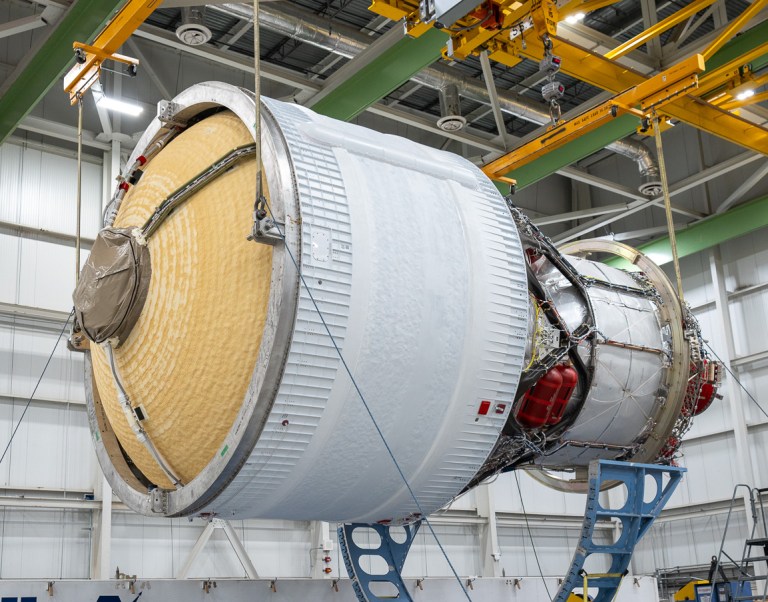
The SLS (Space Launch System) interim cryogenic propulsion stage (ICPS) is an in-space rocket stage that provides propulsion to the Orion spacecraft during the first three Artemis missions.
Measuring 45 ft. (13.7 m) tall and 16.7 ft. (5.1 m) in diameter, the ICPS provides in-space propulsion after the SLS solid rocket boosters and core stage are jettisoned. This propulsion is provided by the RL10 engine, which uses a liquid hydrogen/liquid oxygen-based system.
During the successful Artemis I uncrewed test mission, the ICPS’s RL10 engine provided the Orion spacecraft the final boost it needed to flyto the Moon with extreme precision, burning for a record-breaking 18 minutes.
During Artemis II, Orion and ICPS will orbit Earth twice, with the ICPS firing once to maintain Orion’s path and firing a second time to raise the spacecraft to a high-Earth orbit.
After the Orion spacecraft separates from the SLS upper stage, Artemis II astronauts will use a target affixed on the outside of the ICPS as a visual marker to “test drive” Orion. This demonstration will assess Orion’s handling qualities for future rendezvous and docking operations with other Artemis components such as human landing systems and the Gateway lunar space station.
Built by Boeing and United Launch Alliance, the ICPS is a modified Delta Cryogenic Second Stage, a proven upper stage used on United Launch Alliance’s Delta IV family of launch vehicles.
Modifications for SLS include lengthening the liquid hydrogen tank, adding hydrazine bottles for attitude control, minor avionics changes, and a modified liquid hydrogen vent and relief valve that supports RL10 in-flight engine restart.
The propulsion system is managed under the SLS Program by the Spacecraft/Payload Integration and Evolution Office at NASA’s Marshall Space Flight Center in Huntsville, Alabama.
NASA is working to land the first woman, first person of color, and its first international partner astronaut on the Moon under Artemis. SLS is the only rocket that can send Orion, astronauts, and supplies to the Moon in a single launch.
Interim Cryogenic Propulsion Stage Details
Height……………………. 43 ft. (13 m)
Diameter………………….17 ft. (5 m)
Propellant………………. Liquid Hydrogen/Liquid Oxygen
Engine……………………. 1 Aerojet Rocketdyne, a L3Harris Technologies Company, RL10
Thrust……………………..24,750 lbs
Contractors……………..Boeing, United Launch Alliance
National Aeronautics and Space Administration
George C. Marshall Space Flight Center
Huntsville, AL 35812
www.nasa.gov/marshall
For more information about SLS, visit:
http://www.nasa.gov/artemis
http://www.nasa.gov/sls
http://www.twitter.com/NASA_SLS
http://www.facebook.com/NASASLS
http://www.instagram.com/nasaartemis
MSFS-11-2024-SLS-4980


